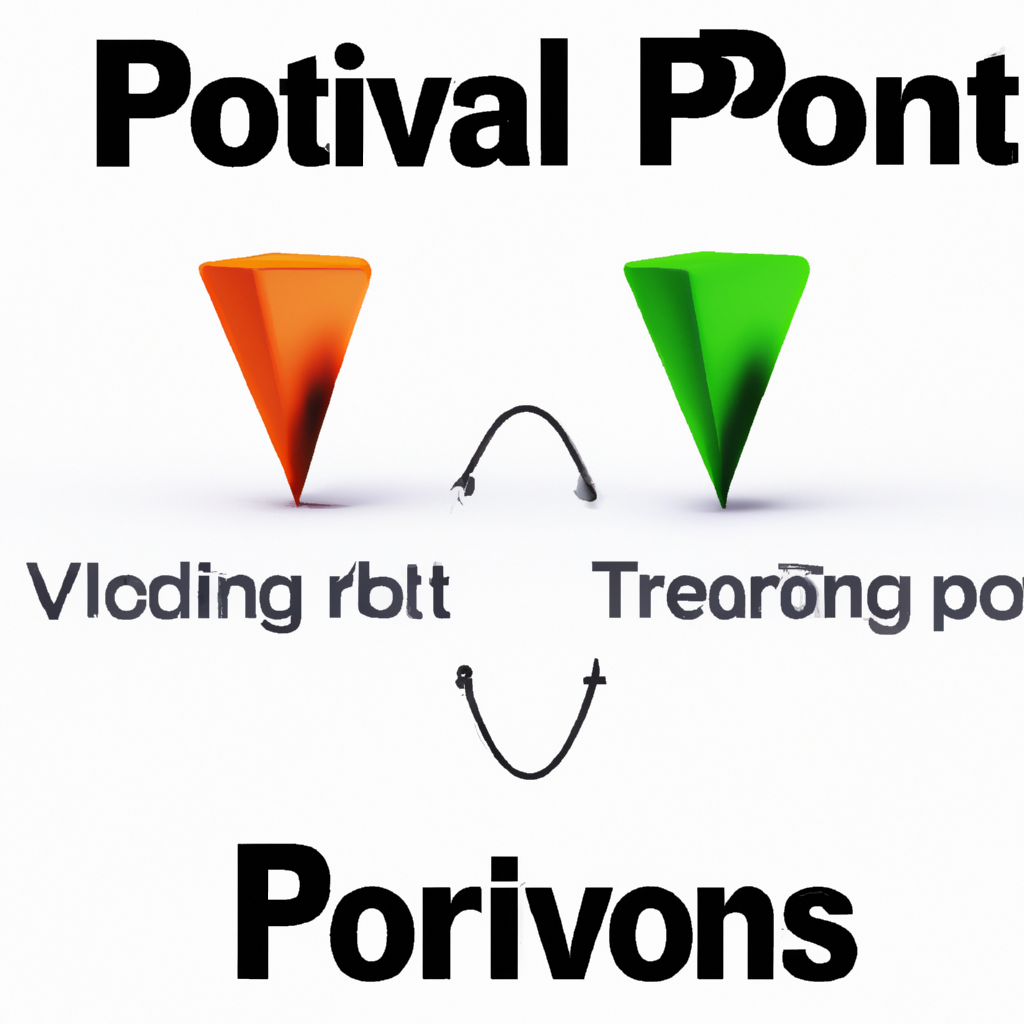Pivot Point Trading Strategies
When it comes to trading in the financial markets, pivot points are a popular tool used by traders to identify potential support and resistance levels. By understanding pivot points and how to use them effectively, traders can make more informed decisions and increase their chances of success. In this article, we will explore some common pivot point trading strategies that traders can use to improve their trading performance.
What are Pivot Points?
Pivot points are mathematical calculations used to determine potential levels of support and resistance in a market. These levels are based on the previous day’s high, low, and closing prices, and are used to identify key price levels that may influence the direction of a market.
Classic Pivot Point Strategy
The classic pivot point strategy involves calculating pivot points based on the previous day’s high, low, and closing prices. These pivot points are then used to identify potential support and resistance levels for the current trading day.
- Calculate the pivot point: (High + Low + Close) / 3
- Calculate support levels: 2 * Pivot Point – High and 2 * Pivot Point – Low
- Calculate resistance levels: 2 * Pivot Point – Low and 2 * Pivot Point – High
- Look for opportunities to buy near support levels and sell near resistance levels
Fibonacci Pivot Point Strategy
The Fibonacci pivot point strategy is based on Fibonacci retracement levels and can be used to identify potential support and resistance levels in a market. This strategy is similar to the classic pivot point strategy but incorporates Fibonacci levels for additional confirmation.
- Calculate the pivot point: (High + Low + Close) / 3
- Calculate support levels: Pivot Point – (High – Low) * 0.382 and Pivot Point – (High – Low) * 0.618
- Calculate resistance levels: Pivot Point + (High – Low) * 0.382 and Pivot Point + (High – Low) * 0.618
- Look for opportunities to buy near support levels and sell near resistance levels
Trading with Pivot Points
When trading with pivot points, it is important to use them in conjunction with other technical indicators and analysis tools to confirm potential trading opportunities. Traders should also consider the overall market trend and volatility when using pivot points to make trading decisions.
By incorporating pivot points into their trading strategies, traders can improve their ability to identify key levels of support and resistance in the market and make more informed trading decisions. Whether using the classic pivot point strategy or the Fibonacci pivot point strategy, understanding how to effectively use pivot points can help traders achieve greater success in the financial markets.


